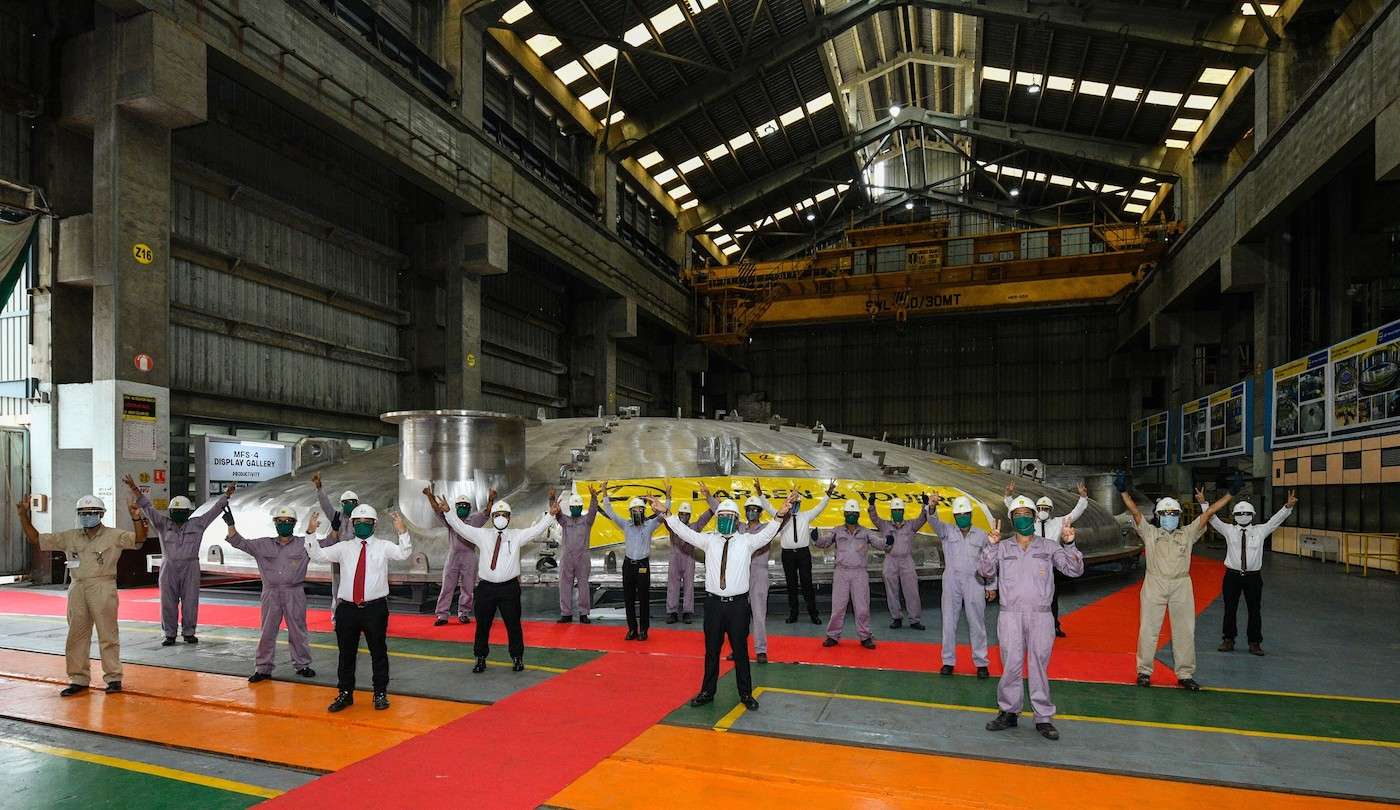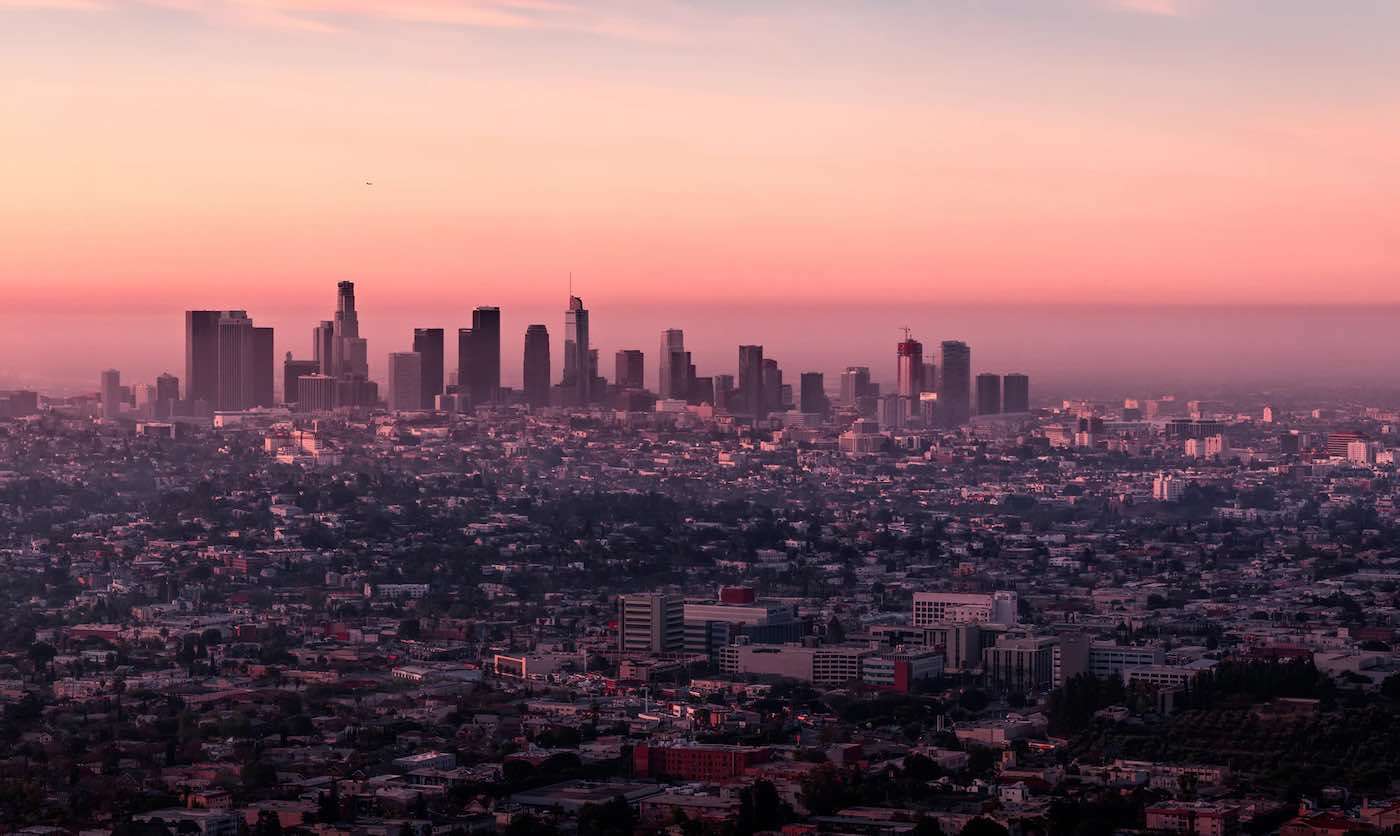In France, President Emmanuel Macron held a ceremony July 27 to launch the assembly phase of one of humanity's most-complex engineering projects ever attempted—a giant nuclear fusion reactor, a machine that could produce relatively unlimited amounts clean power.
Best of all, it is being built collaboratively by a consortium of 35 nations—China, India, Japan, Korea, Russia, and the United States, alongside the 28 states of the European Union plus Switzerland.
The 20 billion euro ITER Project is something straight out of Marvel's Iron Man films. Conceived decades ago in 1985, ITER, which finally launched in 2006, has been delayed due to numerous setbacks, but they are determined to create what would essentially be a miniature sun on earth. (Watch a video below to see the progress…)
It is the core of the sun from which nuclear fusion technology is based, a technology that unlike nuclear fission, with conventional nuclear reactors, produces 4-times as much energy without the risk of meltdowns, and virtually no waste or exhaust of any kind.
"Enabling the exclusive use of clean energy will be a miracle for our planet," said Bernard Bigot, ITER director-general. He said fusion, alongside renewable energy, would allow transport, buildings, and industry to run on electricity.
The ITER (International Thermonuclear Experimental Reactor) requires millions of different components assembled over 5 years to create a reactor weighing over 23,000 tons. Required for atomic fusion to be achieved, 3,000 tons of super-heavy magnets, some weighing more than a passenger aircraft, will be linked together with 124 miles (200 kilometers) of superconducting cables.
Best of all, it is being built collaboratively by a consortium of 35 nations—China, India, Japan, Korea, Russia, and the United States, alongside the 28 states of the European Union plus Switzerland.
The 20 billion euro ITER Project is something straight out of Marvel's Iron Man films. Conceived decades ago in 1985, ITER, which finally launched in 2006, has been delayed due to numerous setbacks, but they are determined to create what would essentially be a miniature sun on earth. (Watch a video below to see the progress…)
It is the core of the sun from which nuclear fusion technology is based, a technology that unlike nuclear fission, with conventional nuclear reactors, produces 4-times as much energy without the risk of meltdowns, and virtually no waste or exhaust of any kind.
"Enabling the exclusive use of clean energy will be a miracle for our planet," said Bernard Bigot, ITER director-general. He said fusion, alongside renewable energy, would allow transport, buildings, and industry to run on electricity.
The ITER (International Thermonuclear Experimental Reactor) requires millions of different components assembled over 5 years to create a reactor weighing over 23,000 tons. Required for atomic fusion to be achieved, 3,000 tons of super-heavy magnets, some weighing more than a passenger aircraft, will be linked together with 124 miles (200 kilometers) of superconducting cables.
Construction is underway in Saint Paul-lez-Durance, southern France, with major components arriving this year from China, Japan, and other member states.
When operational, the parts will be kept at -452F (-269C) by the world's largest cryogenic freezer. This part is important since the fuel, heavy hydrogen atoms gathered from sea water, will need to be heated to between 150 and 300 million celsius—ten times hotter than the core of the sun inside a doughnut-shaped machine at the center of the reactor called a tokamak.
At this incredible heat and pressure the gaseous hydrogen fuel becomes a plasma—a hot, electrically charged gas, which will eventually cause the atoms to overcome their magnetic repulsion and fuse together, hence the term "nuclear fusion".
When this happens, immense amounts of energy is released that will power the components and magnets as well as anything it's connected to, with nothing but neutrons and helium leftover. Amazingly, this project is only a proof-of-concept, a sort-of blueprint for a long term permanent commercial reactor.
Other nuclear fusion projects exist, in India and in England for example, backed by governments and private investors in the hopes it will solve the carbon and energy crises for all time—but they are much smaller.
The Guardian details some of these projects, including Tokamak Energy, named after the chamber where the hot plasma is stored, and fusion is achieved. The company's vice-chair told the English paper, "We are convinced that faster progress is possible, driven by the need for more carbon-free energy and enabled by private investment, modular designs, new materials and advanced technologies."
President Macron believes that when so many countries contribute their best scientists and expertise for the common good, it is "the proof that what unites people and nations is stronger than what divides them."
WATCH the news report…
‘First Plasma' is schedule for December 2025, which will mark the official start of ITER's operation, with first power to be generated ten years later.
BLAST This Good News Around The World By Sharing On Social Media…
Editor's note: changes were made to clarify the process of nuclear fusion, as explained on ITER's website.










Be the first to comment